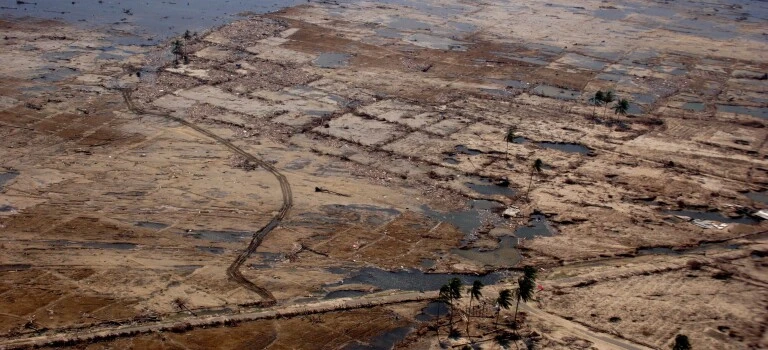Boxing Day Tsunami – memories from the Maldives
19 December 2024
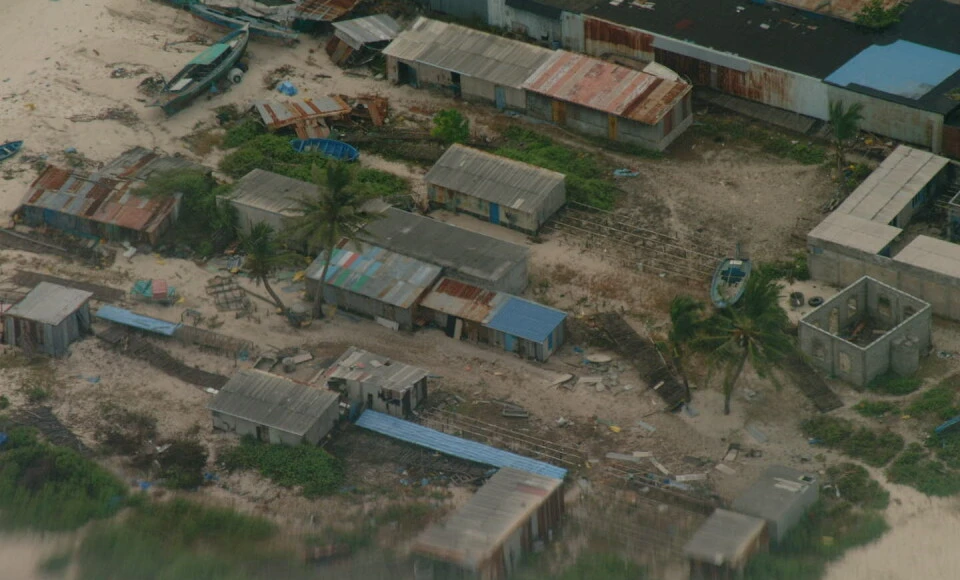
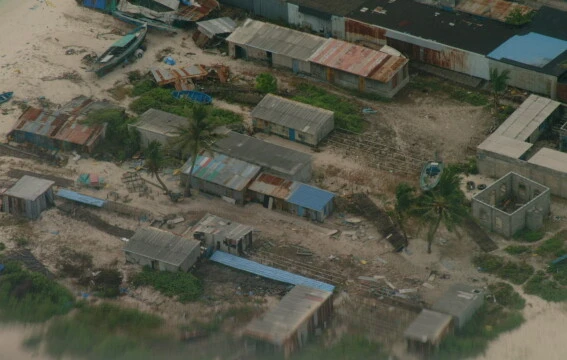
On 26 December 2004, a massive earthquake struck an area off the west coast of northern Sumatra, Indonesia. The tsunami hit 14 countries bordering the Indian Ocean over several hours. The waves reached northern Sumatra in minutes, the coast of Thailand within an hour, India and Sri Lanka in two hours, and the north coast of Somalia after eight hours.
Three and a half hours after the 20-metre-high waves smashed into the western coast of Aceh province in Indonesia, the waves reached the Maldives – an island nation in the Indian Ocean. The waves drove thousands of tonnes of sand and 37,000 cubic metres of dangerous waste through communities across the Maldives.
“There was no warning. The first most people knew of the tsunami was when they looked outside and saw it,” international delegate Jerry Talbot said of the effects of the Boxing Day tsunami on the Maldives in 2004.
“It’s not so much the size of the wave as it is the force behind it. Once it reached the reef, it sucked the water up and became stronger. A lot of islands in the Maldives have large reefs, so those islands were hit hard.”
“All but nine of the 199 inhabited islands were flooded or partly flooded – 13 islands were so badly damaged that the whole population had to be permanently moved.”
Shortly after the tsunami struck, Jerry Talbot received the call to head up the International Federation of Red Cross and Red Crescent Societies’ (IFRC) response in the Maldives. He flew out in early January 2005 and stayed for almost three years.
Everything from water tanks to labour
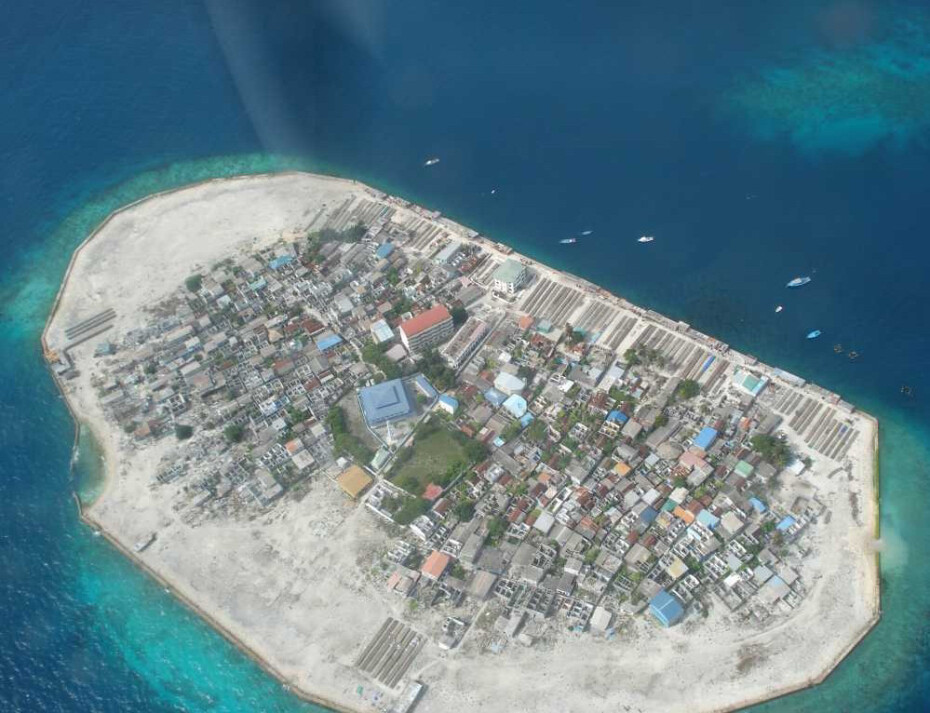
Kandholhudhoo Island after the tsunami hit, the island was left covered almost entirely in sand and uninhabitable.
Jerry has a long association with Red Cross, going back to 1968 when he went to what was then South Vietnam with our first Red Cross Welfare Team. He was an agricultural advisor, helping indigenous people who were used to constant migration learn how to farm in one place. After a stint in Western Samoa and another in South Vietnam, he was our Secretary General from 1975 to 1989. From 1989 until he got the call to go to the Maldives, he’d been with IFRC in Geneva as the head of the Asia and Pacific department and in different roles throughout the Pacific and southern Africa.
In 2004, there was no Red Cross presence in the Maldives. The International Committee of the Red Cross had only just been given access to monitor the welfare of political detainees held on island prisons in the country. At the time, the Maldives president had been in power for 29 years and the Maldives had been experiencing increasing civil unrest.
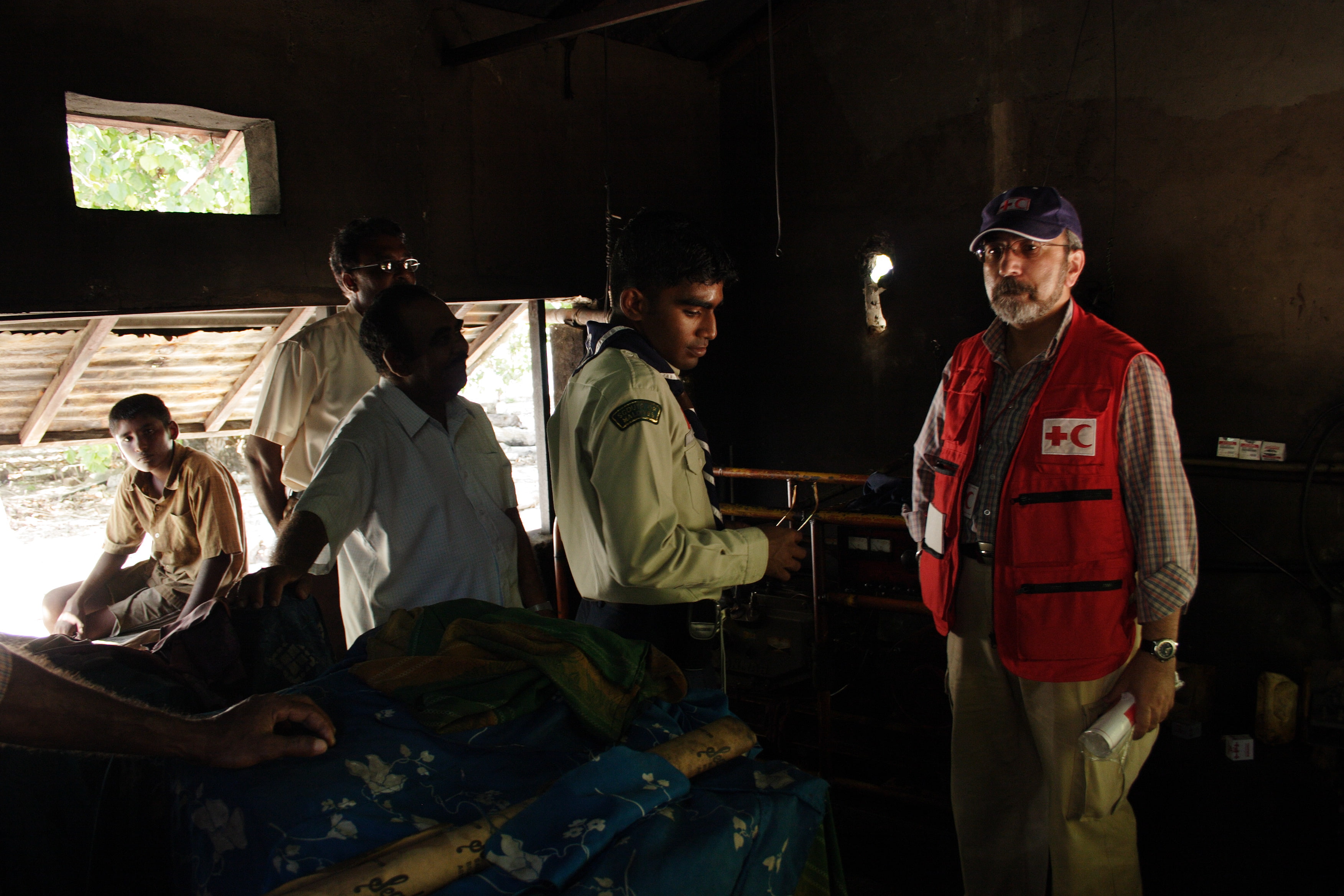
An IFRC volunteer with members of the Scout Association of the Maldives who were mobilised to help after the tsunami, 2004.
“The Maldives is a country of around 1000 islands in the middle of the Indian Ocean. At that time, their population was 300,000 people, with a third living on the capital island city Malé. The rest were scattered on other islands, some of which were completely devastated by the tsunami.”
Though the overwhelming scenes of human misery seen in Indonesia and Thailand weren’t repeated in the Maldives, the flooding brought by the waves affected more than 100,000 people. The sand and waste propelled through the Maldives destroyed buildings, swept away communities, and polluted drinking water.
People lost not only their homes, but their livelihoods, as the tourism and fishing industries — which amounted for more than 60% of the economy — were essentially wiped out. They had to be rebuilt along with much of the infrastructure needed for everyday life.
“The biggest immediate issue was water. The Maldives access their water through underground aquifers, which were badly polluted by salt water.”
Water tanks, guttering, and downpipes were imported from India. A long-term solution for water needed to be worked out. The Maldives didn’t have a culture of collecting rainwater because of the prevalence of cats and associated health problems. To get 15,000 rainwater tanks and kits, Red Cross had to work with authorities to ensure that the public health details for collecting rainwater were addressed. Water supply and sanitation systems were one of the biggest projects that Red Cross worked on over the following four years.
Thousands of people were relocated from islands which were made uninhabitable. This meant that they needed temporary shelter while new permanent homes were built. Red Cross rebuilt everything for the thousands of people who had to relocate, from homes to sewage systems, schools, mosques, health clinics, and municipal buildings.
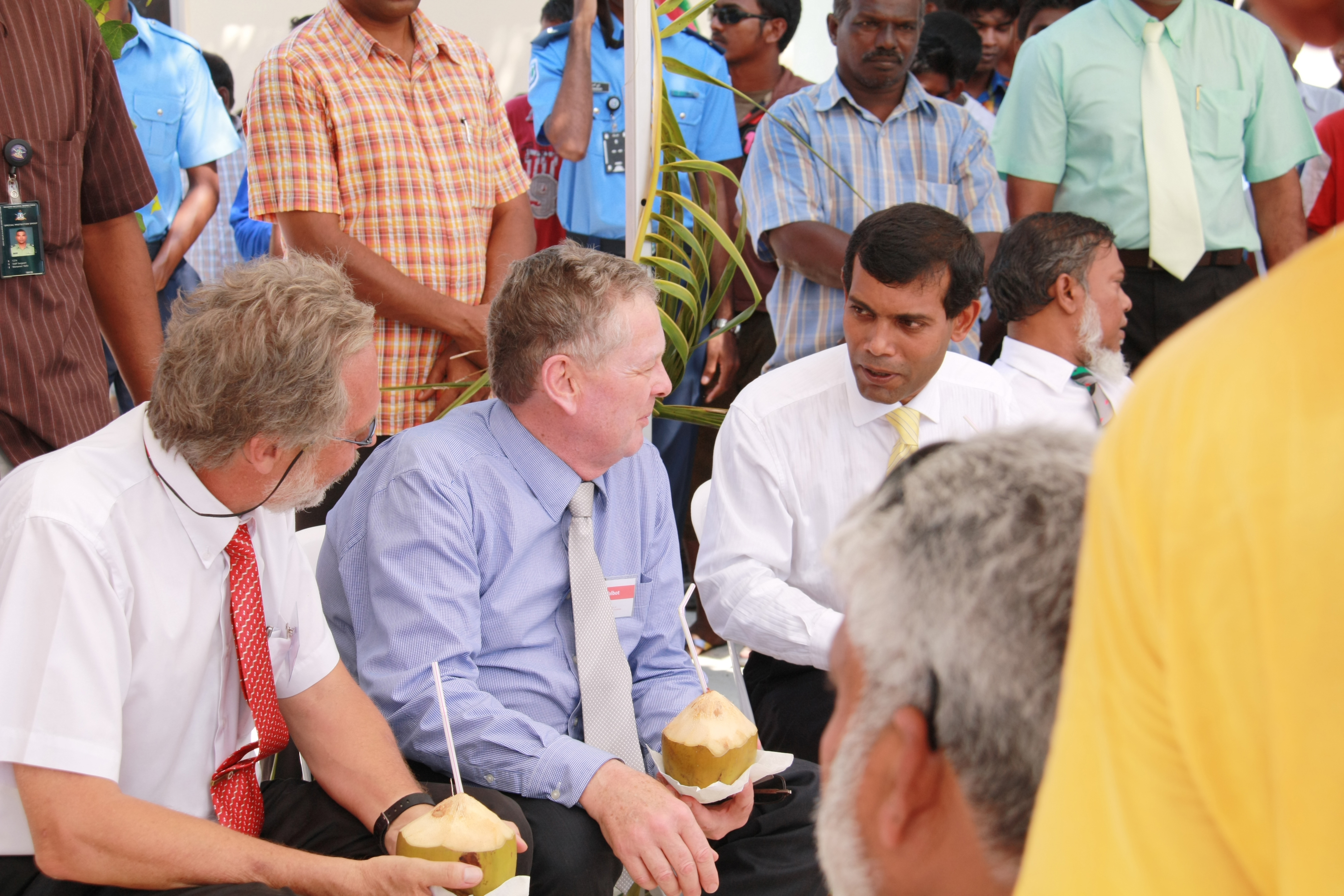
Jerry (centre) with President Mohamed Nasheed on Dhuvaafaru Island, 2009.
“A big part of the work was bringing people on site visits to see what we were doing, so they could get an idea of what things were going to look like.” A relatively new idea at the time, this was essential to help people feel a sense of ownership and belonging to their new communities.
Being an island nation, the Maldives offered unique challenges for recovery. Boats are the main mode of transport, and the tsunami had destroyed most marinas as well as multiple vessels. These needed to be rebuilt and repaired so that essential projects could happen. The labour to complete everything also had to be brought into the country, with people staying in the Maldives for several years to help build the new infrastructure.
An early priority was to form a Maldivian Red Crescent, which proved to be a long process. The Maldivian Government and others worked hard to lay the foundations of the new organisation.
It took until 2011 to achieve that, but in the years since, the Maldivian Red Crescent has trained thousands of people in first aid and epidemic control. In response to emergencies, they’ve mobilised hundreds of volunteers to help.
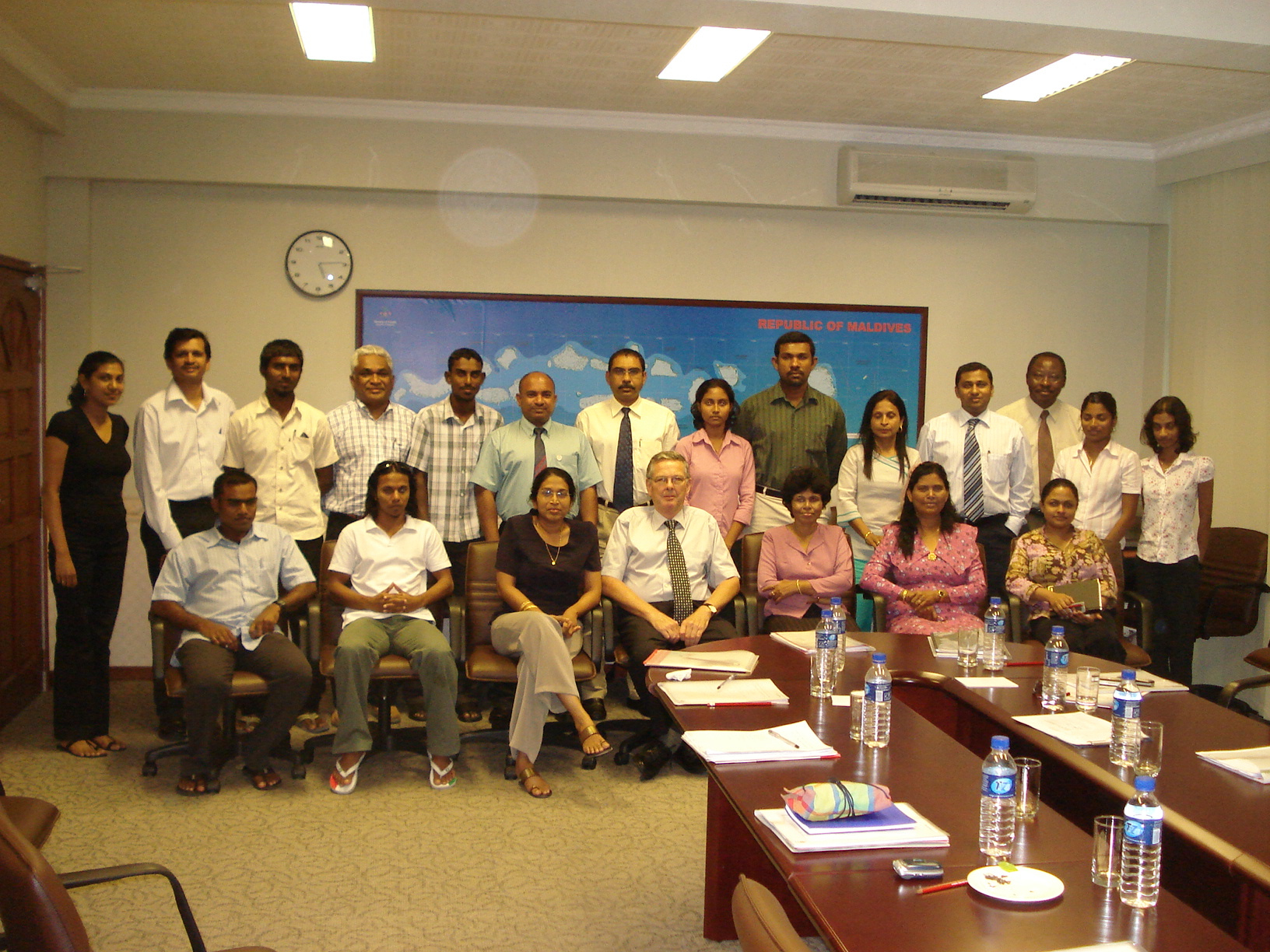
The Maldivian Red Crescent’s inaugural meeting, 2005/2006.
The legacy of Boxing Day 2004
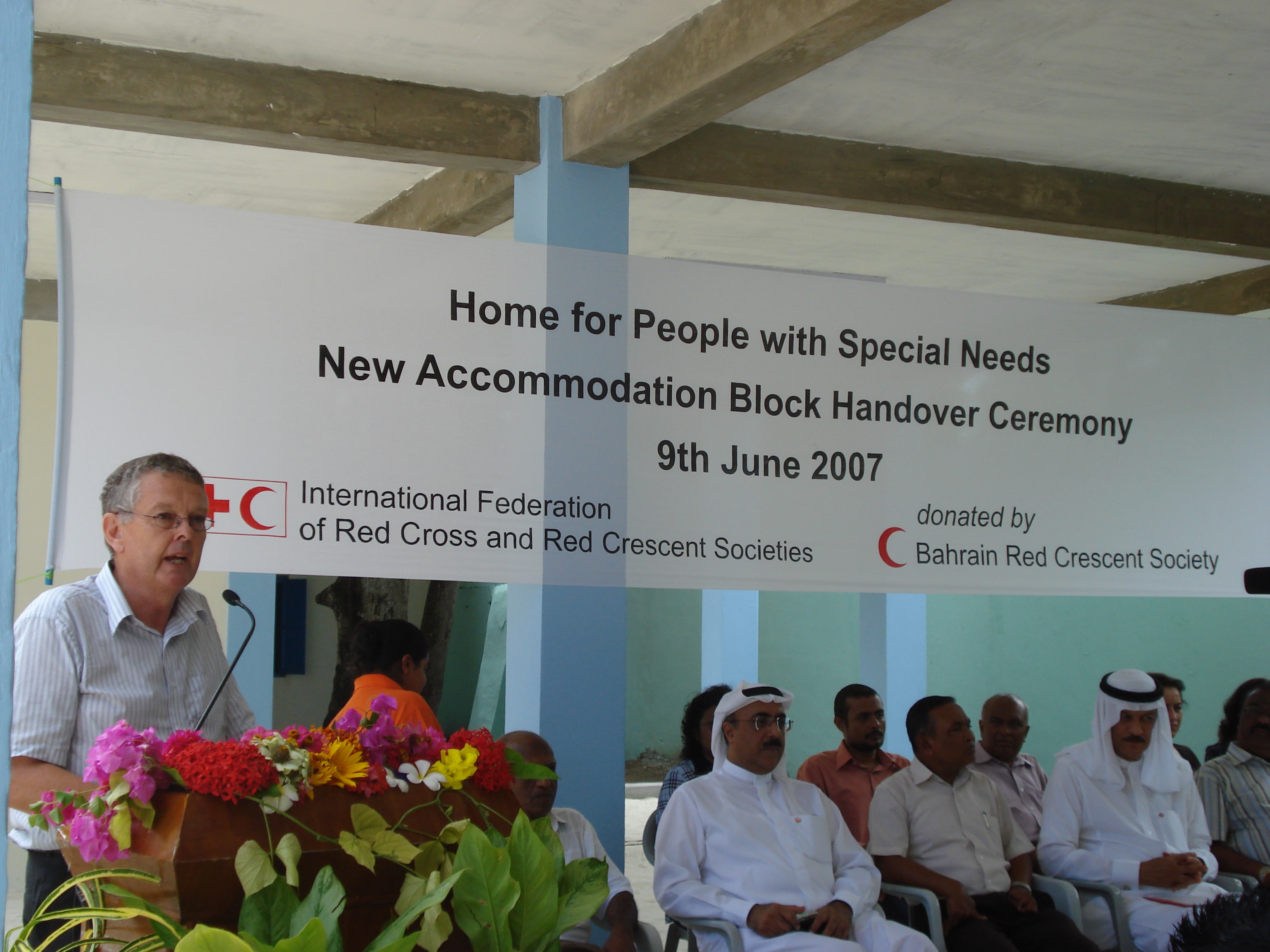
Jerry at representatives from Bahrain Red Crescent, 2007.
From 2008 to 2009 Jerry headed the IFRC’s global programme for the tsunami response and recovery. It was IFRC’s biggest emergency operation since the Second World War, supported by more than 100 Red Cross and Red Crescent National Societies around the world.
Recovery from the tsunami was a long process. The first Red Cross search and rescue teams were mobilised in Aceh, Indonesia, in December 2004. The last project in the recovery operation — a major infrastructure project that brings piped water to coastal towns in Sri Lanka — was completed five years later. Where there was little or no tsunami warning systems, there are now, so no community should face the potentially catastrophic forces of a tsunami with no warning again.
Many communities are now stronger, more resilient, and better able to face the risks posed by future hazards. Houses can be rebuilt, but scars remain for people who survived and few people alive at that time will ever forget the disaster.
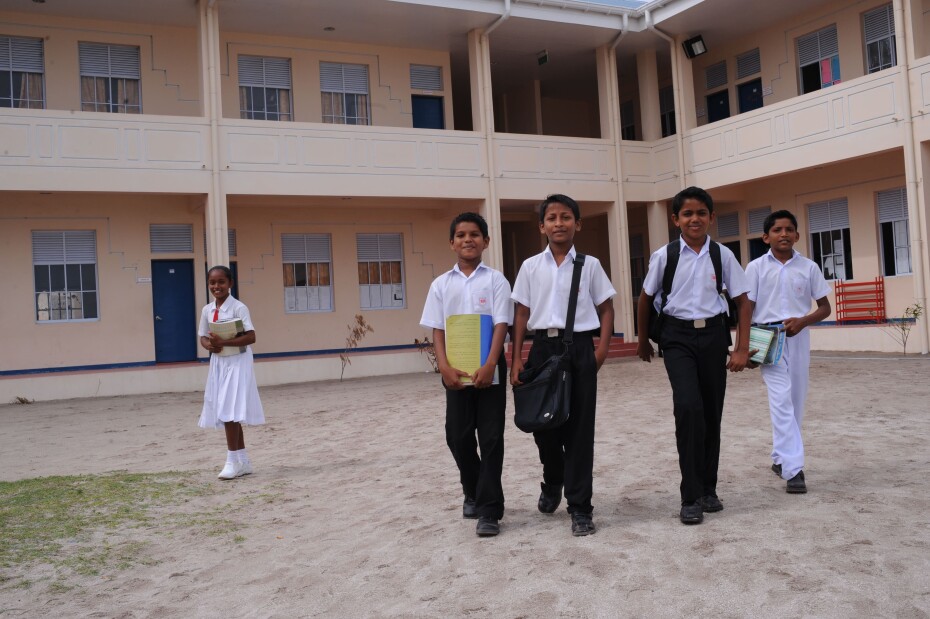
Children at school on Dhuvaafaru Island, 2009.
More information
- In times of disasters, conflict, and other emergencies, we respond to the needs of vulnerable people around the world.
What we do overseas - Our skilled delegates are stationed overseas to help save lives, alleviate suffering, and maintain human dignity on the front line.
International Delegate Programme - Find out more about our Fundamental Principles and how they guide our work.
Our Fundamental Principles - Find out more about the International Red Cross and Red Crescent Movement.
Our Movement - Donate to support our work, including responding to emergencies, helping former refugees resettle, and delivering meals to people who can’t cook for themselves.
Donate to where the need is greatest
19 December 2024
“It was just like a war zone” – memories of Aceh
Read more
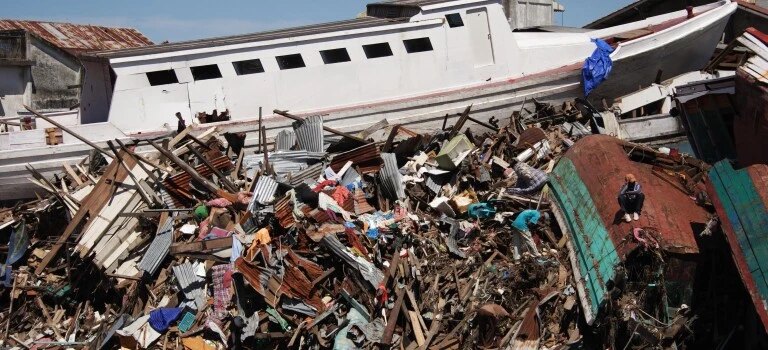
19 December 2024
A day the world won’t forget
Read more
